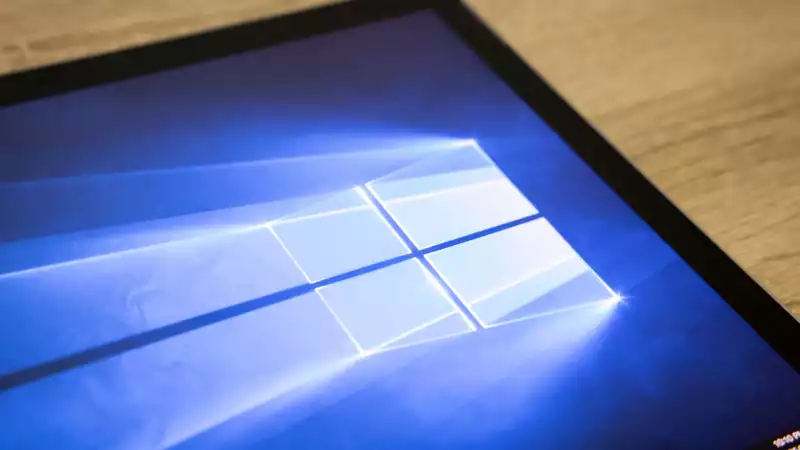When it comes to battery efficiency, it is Microsoft's Windows compared to Apple's efficient MacOS operating system. With Apple's move to M1-based machines, the gap is widening. While Microsoft won't be stuck with x86 processors for a while, it appears that the company is working on some optimizations to extend battery life from Windows-based laptops.
According to TechRadar, a new Eco mode is currently being tested that attempts to curb power-hungry applications and maximize battery life. This new mode is currently accessible from Task Manager. Some testers of preview build 21364 will see a menu option that allows them to put power-hungry apps into restricted mode with a right mouse click.
This feature works in two ways: first, by setting the application priority to "low" and applying EcoQoS. As the name suggests, this is a "quality of service" level that can manage applications that do not require low latency or high performance. In other words, it will not work for editing video or playing games, but could be a great option for more general Windows users.
While users can manage this manually, there is also a developer API that can be called to set processes to this low power mode. Essentially, an app can immediately dial back its power consumption under certain circumstances. This means that when the web browser is minimized, this mode is applied.
In its own blog post, Microsoft notes that this is "ideal for background services, updaters, synchronization engines, indexing services, etc., where energy efficiency is important. Benefits include reduced heat, fan noise, and thermal throttling.
Microsoft says that under the right circumstances, it can reduce power consumption by 90% and perform the same tasks with less than half the energy of a CPU... Intel and AMD processors are continually improving in power management, so there are significant benefits from this new feature This new feature has the potential to yield significant gains.
Support for this mode is currently limited by hardware. Intel 10th or 11th generation mobile CPUs or Ryzen 5000 mobile processors are required; Qualcomm processors are also supported for ARM-based Windows machines. Microsoft also plans to eventually extend the system to desktop PCs, where power consumption is less critical, but still says that the reduction in energy consumption is very valuable from an economic and environmental perspective
.









Comments